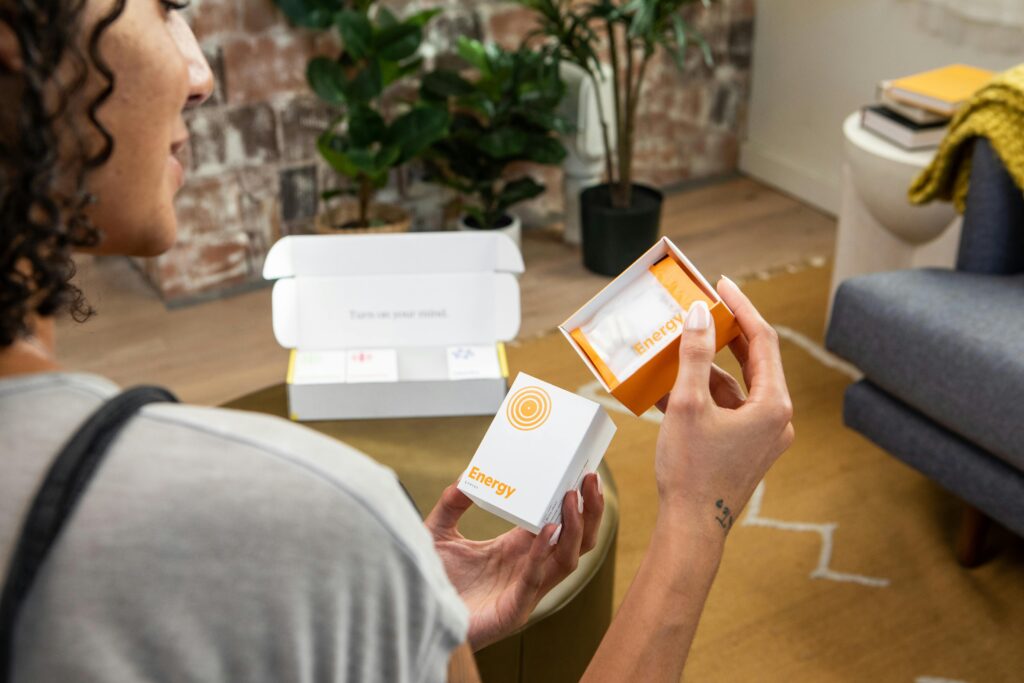In the world of marketing, gendered advertising has long been a prevalent strategy, shaping perceptions, preferences, and consumer behaviors. From cosmetics to household products, advertisers often tailor their messages to appeal to specific gender demographics, with women being a primary target. However, behind the glossy veneer of these advertisements lies a complex interplay of societal norms, cultural expectations, and psychological influences that warrant closer examination.
At the heart of gendered advertising targeting women lies a narrative that perpetuates traditional gender roles and stereotypes. These ads often portray women in narrowly defined roles, such as caregivers, homemakers, or objects of desire, reinforcing outdated notions of femininity. Whether it’s the portrayal of women as doting mothers in detergent commercials or the use of unrealistic beauty standards in cosmetics advertisements, these messages can have profound effects on women’s self-perception and societal roles.
One of the most insidious effects of gendered advertising is its contribution to the perpetuation of unrealistic beauty standards. Countless advertisements bombard women with images of flawless models with airbrushed skin, perfect proportions, and unattainable beauty ideals. Such imagery not only erodes women’s self-esteem by fostering feelings of inadequacy but also promotes harmful behaviors like extreme dieting, cosmetic surgery, and excessive spending on beauty products in pursuit of an unattainable standard of perfection.
Moreover, gendered advertising often reinforces the notion of women as passive objects of desire rather than active agents in their own lives. Advertisements for products ranging from perfume to automobiles frequently depict women in sexually suggestive poses, positioning them as accessories or rewards for male consumers. This objectification not only diminishes women’s autonomy and agency but also perpetuates harmful attitudes towards consent and relationships.
Beyond shaping individual perceptions, gendered advertising can also have broader social implications. By reinforcing traditional gender roles and stereotypes, these advertisements contribute to the normalization of gender inequality in society. When women are consistently depicted as subordinate or confined to certain roles, it sends a powerful message about their place in the social hierarchy. This, in turn, can limit women’s opportunities for advancement in various spheres, from the workplace to politics, by perpetuating the belief that certain roles are inherently “masculine” or “feminine.”
However, it’s not all doom and gloom. As awareness of the impacts of gendered advertising grows, there has been a shift towards more inclusive and empowering marketing strategies. Brands are increasingly recognizing the importance of representing diverse narratives and challenging traditional gender norms in their advertisements. Campaigns featuring real women with diverse body types, ethnicities, and lifestyles are gaining traction, resonating with consumers who are eager to see themselves represented authentically in the media.
Furthermore, the rise of social media and digital platforms has given voice to movements advocating for more responsible and inclusive advertising practices. Consumers now have the power to hold brands accountable for their messaging and demand greater authenticity and diversity in their advertising campaigns. This groundswell of activism has prompted many companies to rethink their approach to marketing and prioritize inclusivity and empowerment in their messaging.
In conclusion, gendered advertising targeting women exerts a significant influence on individual perceptions, societal norms, and cultural attitudes. By perpetuating stereotypes, reinforcing unrealistic beauty standards, and promoting objectification, these advertisements can have far-reaching implications for women’s self-esteem, autonomy, and societal roles. However, as awareness grows and consumer demand for inclusivity rises, there is hope for a more equitable and empowering future in advertising—one where women are depicted as multifaceted individuals deserving of respect, representation, and recognition.









